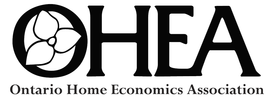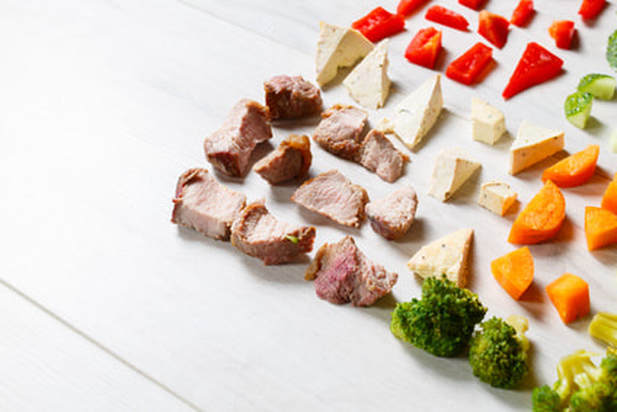|
Are you spreading dangerous bacteria around the kitchen and don’t know it? A study conducted in May 2018 by the Food Safety and Inspection Service (FSIS) of the U.S. Department of Agriculture (USDA) evaluated consumer food handling behaviours in a test kitchen. The study was conducted in six test kitchen facilities and cameras recorded participants’ actions and meal preparation from beginning to end. Before preparing the meal, a randomized treatment group watched a three minute USDA food safety video emphasizing the important of following proper food safety techniques and using a food thermometer. The researchers spiked the turkey burgers with a harmless tracer bacteriophage MS2 and samples were collected from surfaces and lettuce. These burgers were then analyzed for prevalence and level of MS2. Individuals also completed post-observation interviews to discuss their usual food preparation practices and possible predictors of behavior change.
Some of the results include:
To read more about the study visit the executive summary here.
0 Comments
Your comment will be posted after it is approved.
Leave a Reply. |
The Ontario Home Economics Association, a self-regulating body of professional Home Economists, promotes high professional standards among its members so that they may assist families and individuals to achieve and maintain a desirable quality of life. Categories
All
Archives
April 2024
|
|
Subscribe to our mailing list
|
|
Unsubscribe from our mailing list
|
Copyright © 2023 Ontario Home Economics Association (OHEA). All Rights Reserved.



 RSS Feed
RSS Feed